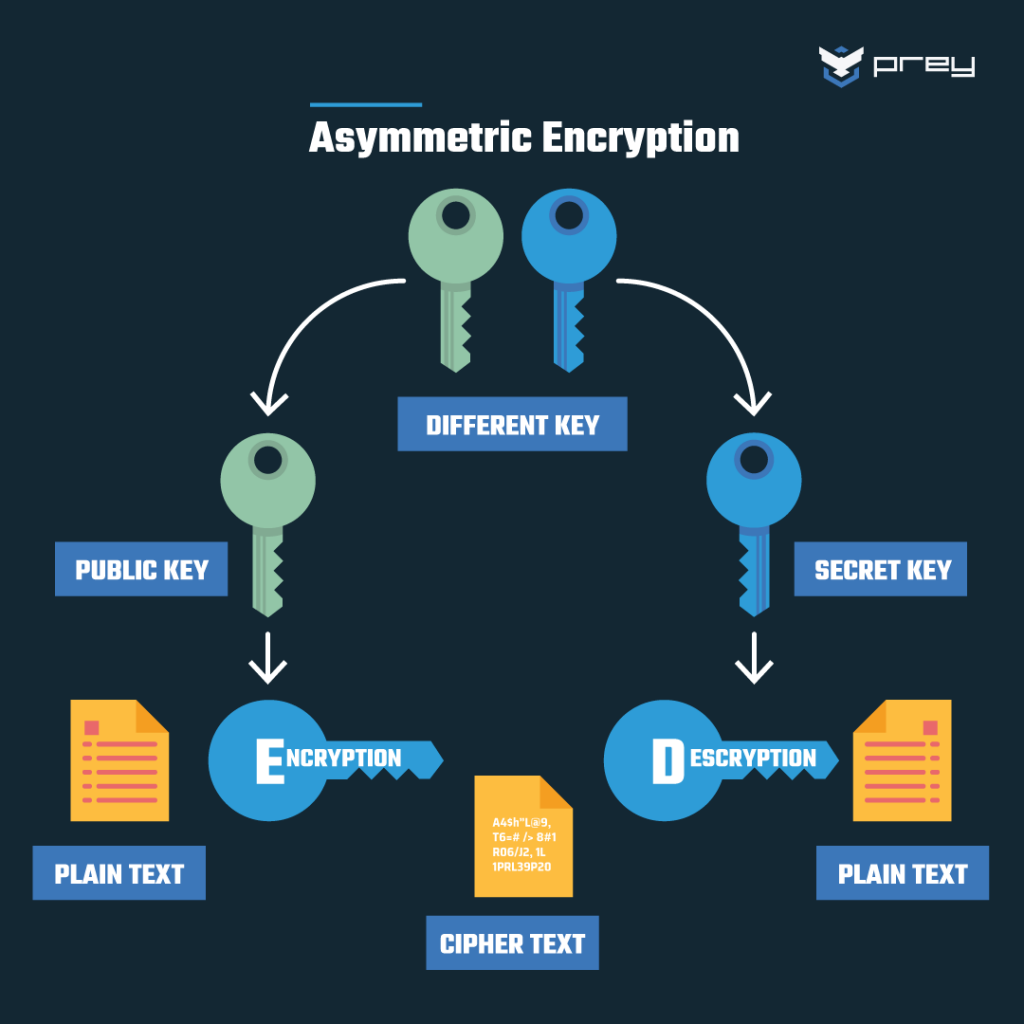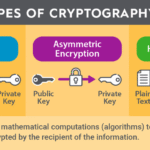In the digital age, data integrity stands as a sentinel of reliability, dictating our interactions across a myriad of platforms—from social media to banking. Amidst the relentless rise of cyber threats, the concepts of encryption and alteration have surfaced as crucial pillars underpinning our information systems. This discussion will delve into the dichotomy between encryption and data alteration, exploring the extent to which cryptography can mitigate data tampering.
To commence, it is vital to define both terms within the context of data security. Encryption, fundamentally, is the process of transforming readable data into an encoded format that necessitates a key for decryption. This conversion ensures that even if data is intercepted during transmission, it remains indecipherable to unauthorized entities. In stark contrast, alteration refers to the modification of data, whether intended for legitimate reasons—such as software updates—or not. Data tampering, in its nefarious form, involves unauthorized alterations that may compromise the integrity and authenticity of information.
The crux of the debate lies in the camp of whether encryption alone suffices to thwart unauthorized data alteration. One may argue that the robust mechanisms of encryption do indeed offer formidable protections. For instance, hashed message verification is a technique employed to validate the integrity of data being transmitted or received. When paired with encryption, hashed messages leverage cryptographic algorithms to create a unique digital signature for each piece of data. This method not only encrypts the data but also encapsulates its state, rendering any unauthorized modification detectable to the recipient.
However, the efficacy of encryption is impeded by one critical element: trust in the key management architecture. If a private decryption key is compromised, ill-intentioned actors may not only decrypt but also manipulate the content before reinserting it into a flow of information. This vulnerability raises a salient question—can cryptography, in and of itself, be a panacea against instances of tampering? The unequivocal answer is no. Encrypting data protects its confidentiality, but it does not intrinsically validate its authenticity or the history of its alterations.
As a countermeasure, digital signatures emerge as a pivotal tool. These signatures utilize public key infrastructure (PKI) to sign documents digitally, providing an immutable record of both the sender’s identity and the content’s integrity. Through the arithmetic of elliptic curve cryptography or RSA, a signed document yields a unique hash. This hash can be verified once it reaches the recipient, ensuring that the content has not been tampered with en route. If even the minutest alteration occurs, the resulting hash will diverge from the original, signaling a breach of integrity.
Nevertheless, the digital signature itself is susceptible to flaws, hinging on the cryptographic strength of the signature algorithm and the reliability of the key management system. Instances of social engineering, where an attacker persuades an individual into divulging their private key, serve as a reminder that human error can undermine even the most sophisticated cryptographic systems. Key management, therefore, essentially becomes another layer in the multilayered defense against data tampering.
Despite these challenges, a paradigm shift is occurring in the landscape of data integrity through the advent of blockchain technology. Unlike traditional methods that store data in centralized databases, blockchain decentralizes information across a network. Each block in a blockchain holds a unique hash of the previous block, thus creating a verifiable chain of data. This structure significantly complicates unauthorized alteration, as each modification would necessitate rehashing all subsequent blocks. For this reason, blockchain systems have garnered significant attention in fields ranging from finance to supply chain management, heralding a potential evolution in how we secure and authenticate data flows.
While blockchain offers a promising solution, it is not devoid of drawbacks. Scalability issues arise when considering the volume of transactions necessitating validation across distributed networks. The question, then, becomes one of balancing efficiency with security. In scenarios where data must be processed on a more manageable scale, traditional cryptographic methods, including symmetric and asymmetric encryption paired with digital signatures, might remain preferable.
As we analyse the overarching narrative of cryptography’s role in combatting data tampering, it becomes crucial to note that no single mechanism can emerge as an island of security. A multi-layered security approach—integrating encryption, digital signatures, and perhaps leveraging blockchain—proves to be far more effective than any one method alone. A holistic strategy that includes employee training on cybersecurity best practices will also mitigate risks posed by human error.
The road ahead for cryptographic solutions entails ongoing evolution in response to the sophisticated techniques employed by cyber criminals. As threats morph, so must our strategies. Data integrity, trustworthiness, and authenticity in communication find their roots not merely in technological solutions, but in a comprehensive understanding of the evolving digital landscape.
In conclusion, while cryptography does furnish essential tools to protect the integrity of digital information, the battle against data tampering necessitates a concerted effort that incorporates a variety of strategies, ongoing vigilance, and an unwavering commitment to improving security frameworks. Only through such diligence can the promises of secure communication, free from the perils of data manipulation, be realized.









Leave a Comment